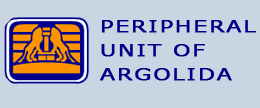The Catholic Church of Metamorphosis Tou Sotiros
|
Climbing the steps from Potamianou Street, from Aghios Spiridon Square, we reach the Catholic church, which has become known as 'Frankoklisia'. The age-old history of this church probably began during the time of the Frankish occupation, when the church must have been used as a convent for Franciscan nuns. |
||
| Shortly before the outbreak of the Greek revolution, when Nauplion was still under Turkish control, the widow of the Aga-Pasha, Fatme, restored the church, which had fallen into disrepair, in memory of her husband.
Indeed, even today, the church still maintains the appearance of a mosque, as much on the exterior, with its heavy proportions, as on the inside where there are niches for the Koran, the so-called michrab. In 1839, King Otto gave the church to the Catholic Church, to provide for Greek Catholics and for the foreign Philhellenes, who helped Greece in her struggle for liberation; and also for the Bavarian soldiers who belonged to his escort. It was Otto's decision that the church be dedicated to the transfiguration of the saviour, to commemorate the metamorphosis of Greece after its liberation from the Turkish yoke. After repairs, the church was officially opened in 1840. |
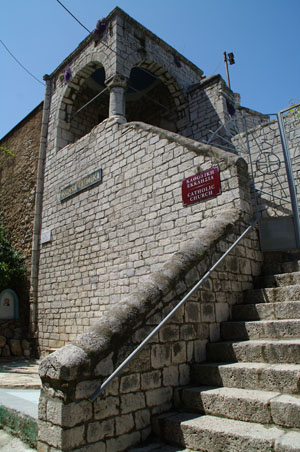 |
|
|
As regards the interior of the church, there are two points worthy of note: the Apse of the Philhellenes and picture of the Holy Family. |
||
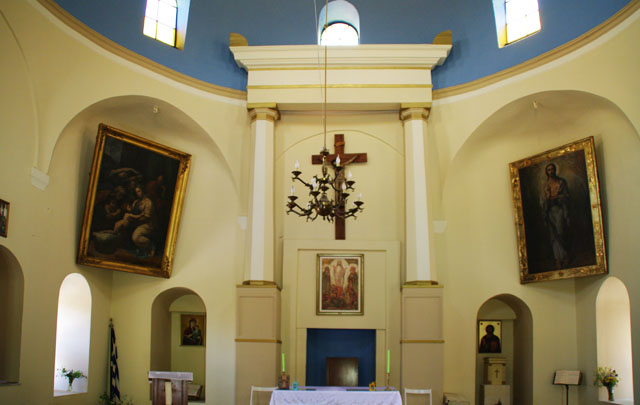 |
||
|
The simple wooden apse, donated by the French officer and passionate Philhellene, August Ilarion Touret, decorates the interior of the entrance to the church, and dates from 1841. |
||
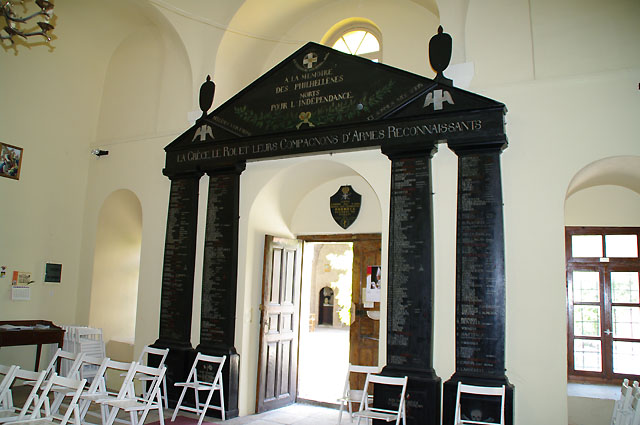 |
||
|
The apse, which has become known as the Touret Apse, is made of pine and is in the form of the façade of an ancient Greek temple, a well-known characteristic of neo-classical funeral monuments. On the columns, written in white, are the names of foreign Philhellenes and the places where they fell; while on the gable there are the shield and crown of Otto, inside the cross which was the standard of the fighters. The church is also decorated by a large painting depicting the Holy Family, a copy of the work by the great renaissance painter, Raphael. The painting was donated to the church in 1843 by Philip, King of France. |
||
 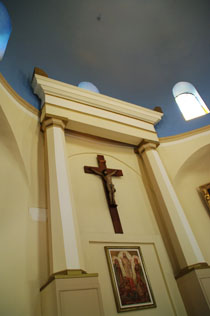  |
||
|
Outside the church there is an underground crypt, recently renovated, which held the remains of Philhellenes and the Bavarian soldiers in Otto's escort, who had died during the typhoid epidemic of 1833 and 1834, and who had originally been buried in the old graveyard, near to the church of Aghii Pantes. |
||
| It should be noted that the Catholic church has been in continuous operation from 1839 to the present day. | ||
The exact location of the The Catholic Church of Metamorphosis Tou Sotiros can be found in Section Map.
|
||


